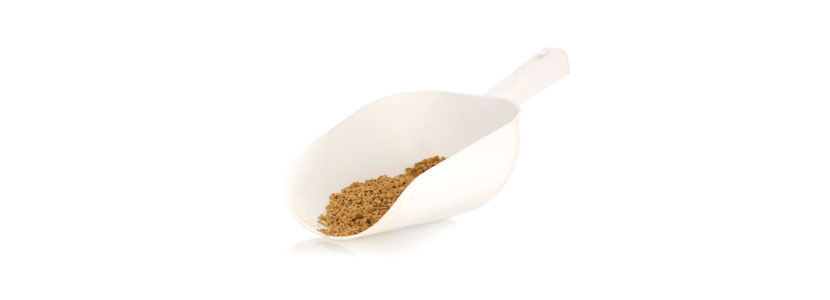Content available at: Español (Spanish)
The use of pelleted feed improves productive and economic results of broilers, which is why this feed format has predominated worldwide. The characteristics of this type of feed has become increasingly significant in recent years.
In order to understand the potential benefits of pelletization, or in its case presentation in mash, it must be taken into account that pellets are always accompanied by fine grinding, while mash is accompanied by coarse grinding of the ingredients. Although confusing, the effects of feed shape and particle size are totally different in poultry and explain to a large extent the advantages and disadvantages of each type of presentation. In this regard, the greatest advantages of pellets occur prior to consumption: from the beginning of the manufacturing process to the moment the bird ingests the feed.
Various researchers have shown that from 0 to 21 d of age the presentation in pellets or microgranules improves voluntary consumption compared to mash, leading to an improved growth of around 15-20%. These advantages tend to diminish as the birds get older, especially when the chickens receive a common pelleted feed. Furthermore, the advantages of pelleting are much more important for daily gains than for feed conversion rates, suggesting that the main advantages of pelleting are increased feed intake and reduced feed losses, with little effect on nutrient digestibility.
Prior to the pelletizing process, the ingredients are finely ground in order to improve the quality of the final product.
Once ingested, it is difficult to distinguish whether the chicken consumed a mash or pelleted feed. From this point on, there is no longer any effect of the form of presentation, with the grind size being the factor. After ingestion, the particle size could be more important with the functionality of the digestive system. Pelletization reduces the particle size of the food favoring the rapid transit of the digesta through the proximal part of the GIT. As a consequence, the bird does not feel satiated and tends to increase consumption. On the other hand, due to the higher speed of transit, pelletized (and therefore finely ground) feed impairs the functionality of the gizzard with less development of the muscle layers.
On the contrary, the coarse particles remain in the gizzard, improving the development of the muscular layers and the functioning of the organ. In addition, the greater motility of the walls and mucous membranes of the digestive system improves the health status and productivity of the birds. Therefore, in the absence of antibiotics and the presence of wet litters, it is advisable to increase the size of the feed particles, even when the quality of the pellet is impaired.
Advantages
The advantages of crumbs or microgranules depend to a great extent on the quality of the final product with less pronounced or even non-existent benefits with low-quality crumbs with excess fines, or soft granules that easily break apart prior to their arrival at the feeders. It is convenient that the percentage of fines at the height of the trough does not exceed 25-35%.
Keep up to date with our newsletters
Receive the magazine for free in digital version
REGISTRATION
ACCESS
YOUR ACCOUNT
LOGIN
Lost your password?

